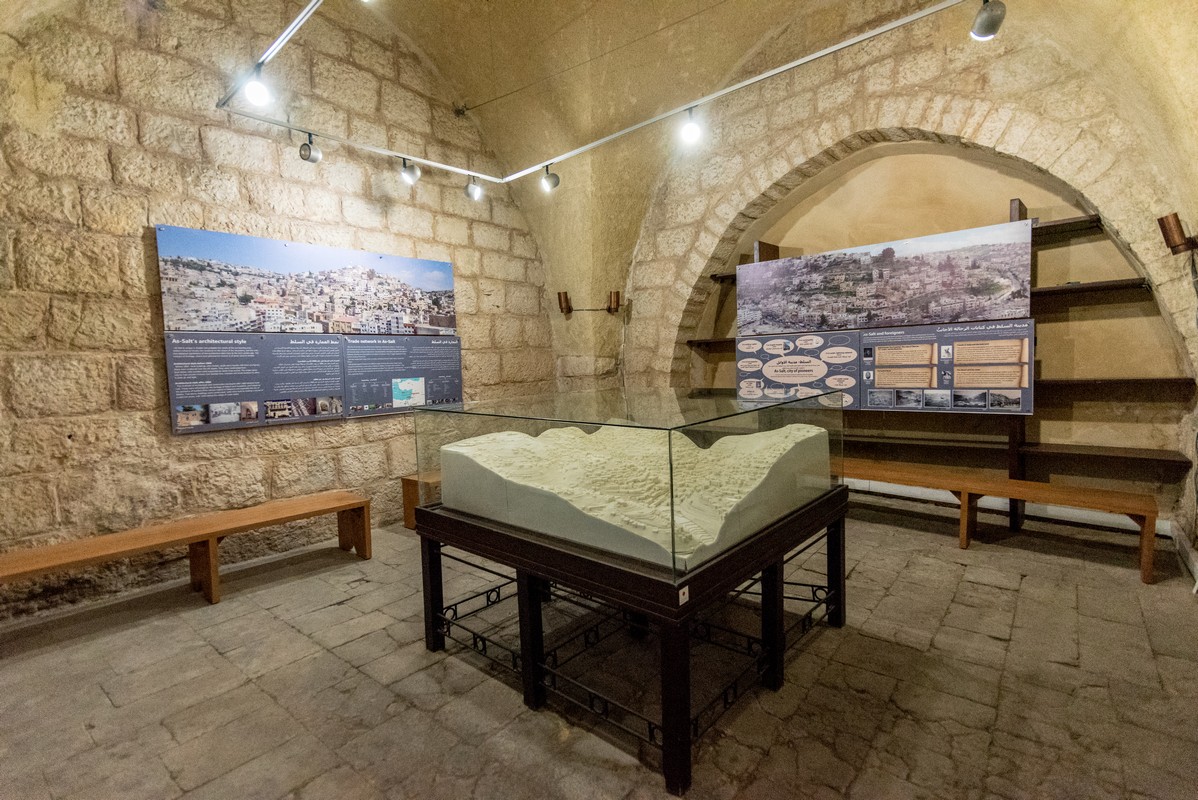
City Model
* Shows Abu-Jabir house location in the middle of the city (Al- Ain plaza) which was the center of the social, formal, commercial activities.
* This model shows the architectural spread in the three mountains of As-Salt city ; Jada’a ,Qala’a and Salalem and it’s also shows the valleys like Wadi Al-Kurad which were built from the yellow lime stone which taken from Al-Maidan quarries.
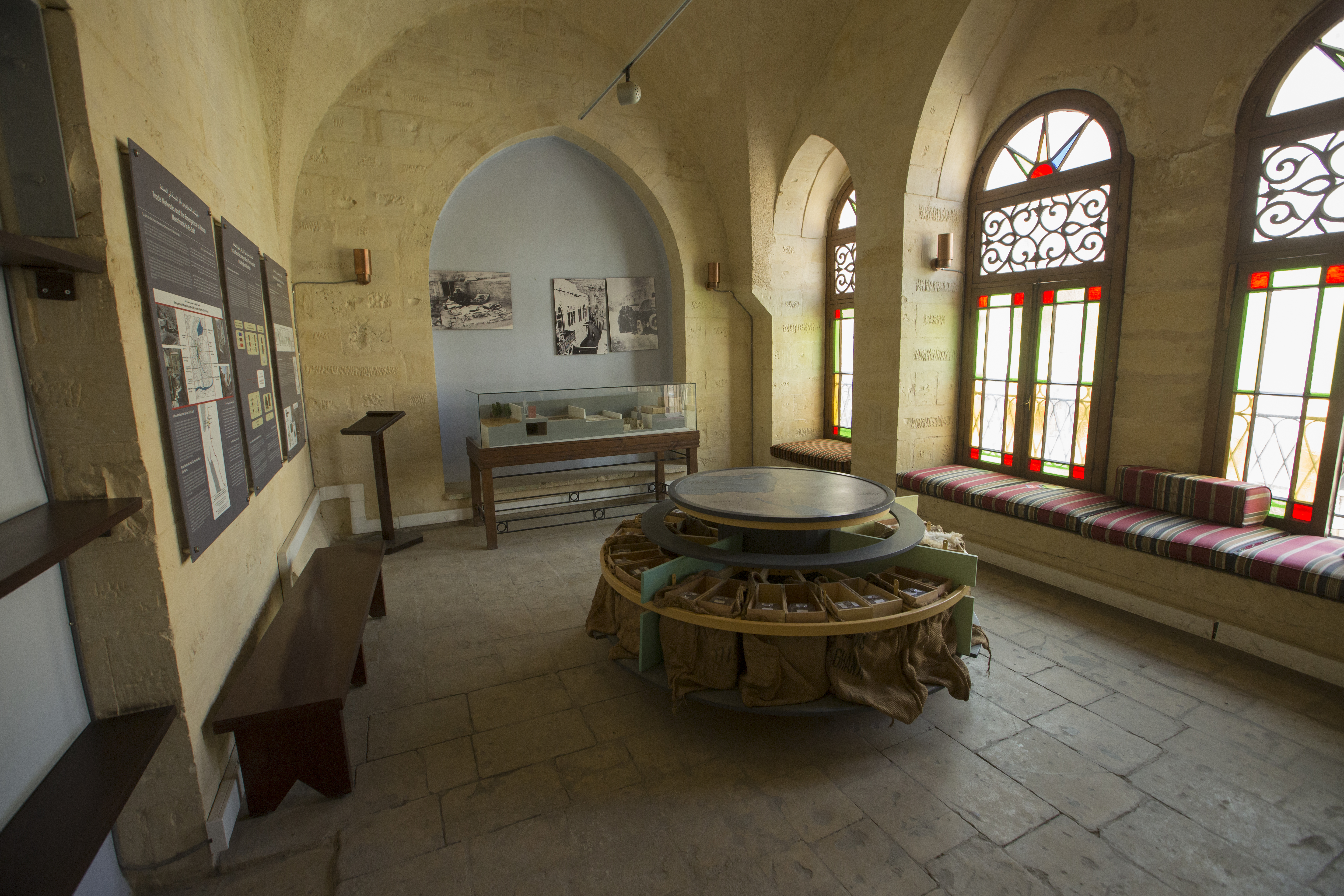
(Trade) Golden age hall
• Headquarter (Al-Saraya) : Outman 1868
Established in the middle of the nineteenth century, it was one of the most commercial centers in Jordan, most of the merchants lived in Salt in this area which is called the boom of construction.
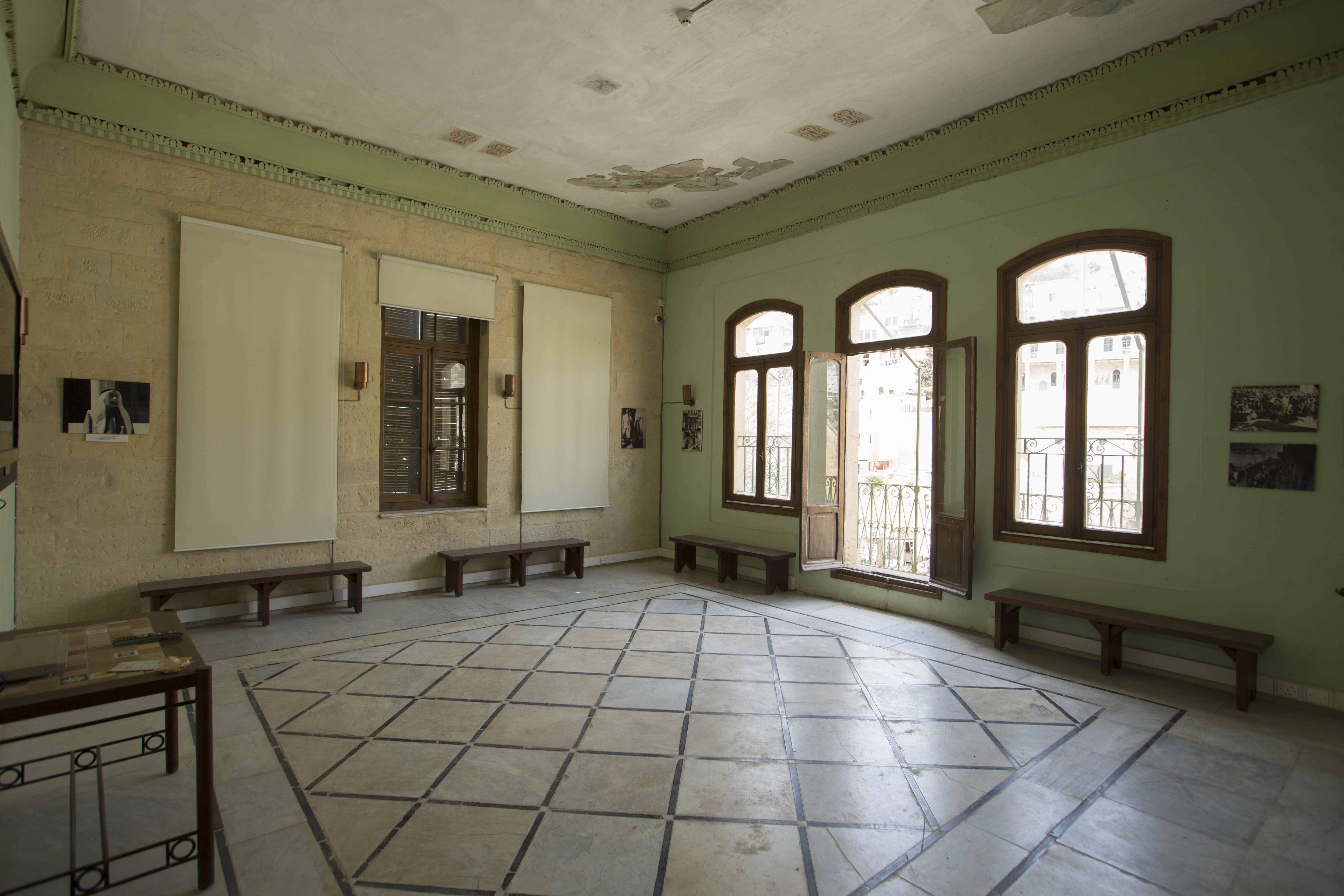
King Abdullah the first room
It’s the room that once his majesty King Abdullah the first, the founder of the Eastern Emirate was housed in this room, then he laid the foundation stone of the modern kingdom.
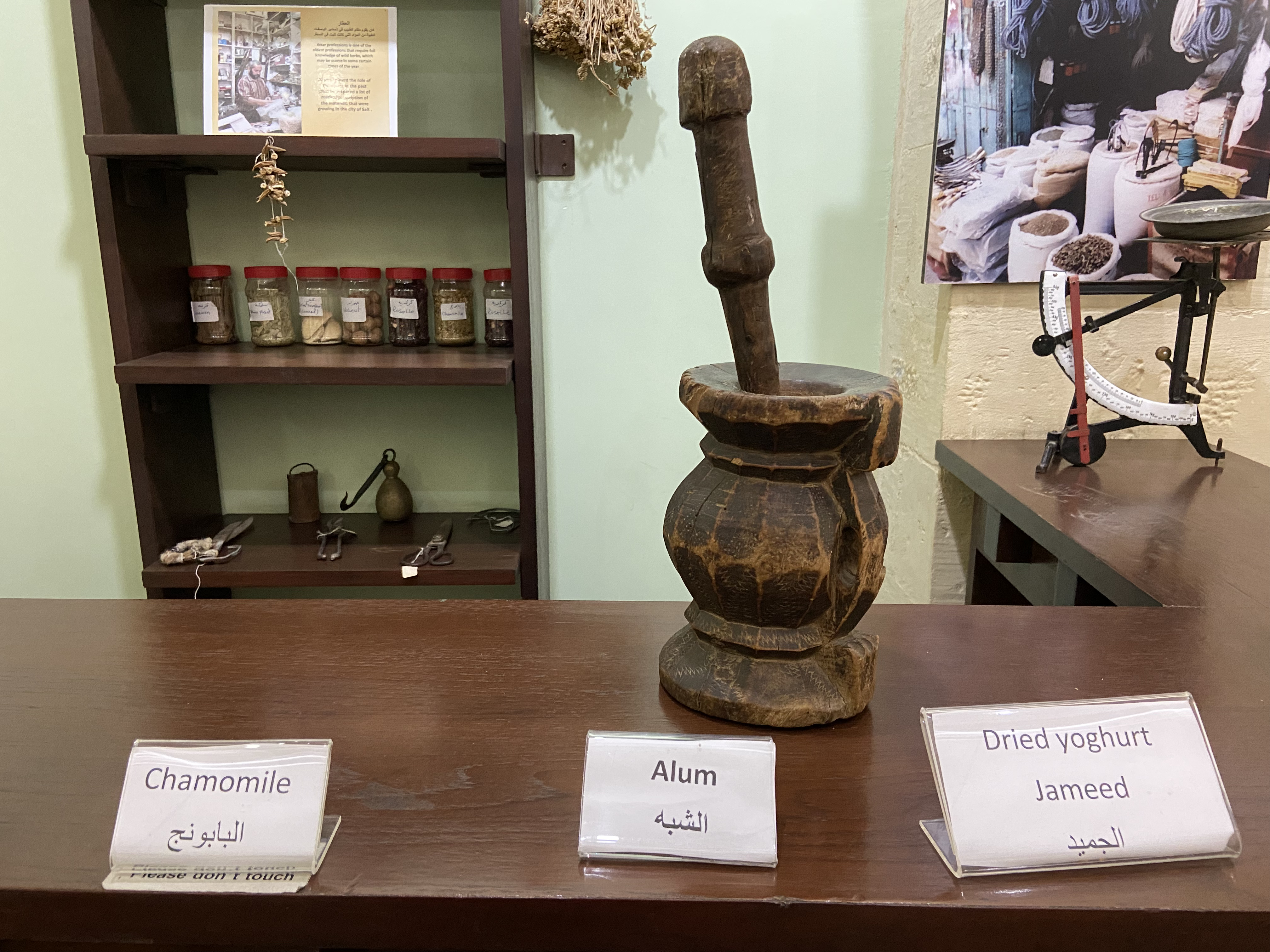
Attar role in the city of Salt
Al-attar played the role of the doctor in the past ;that he prepared a lot of medical prescription of the materials that were growing in the city of Salt.
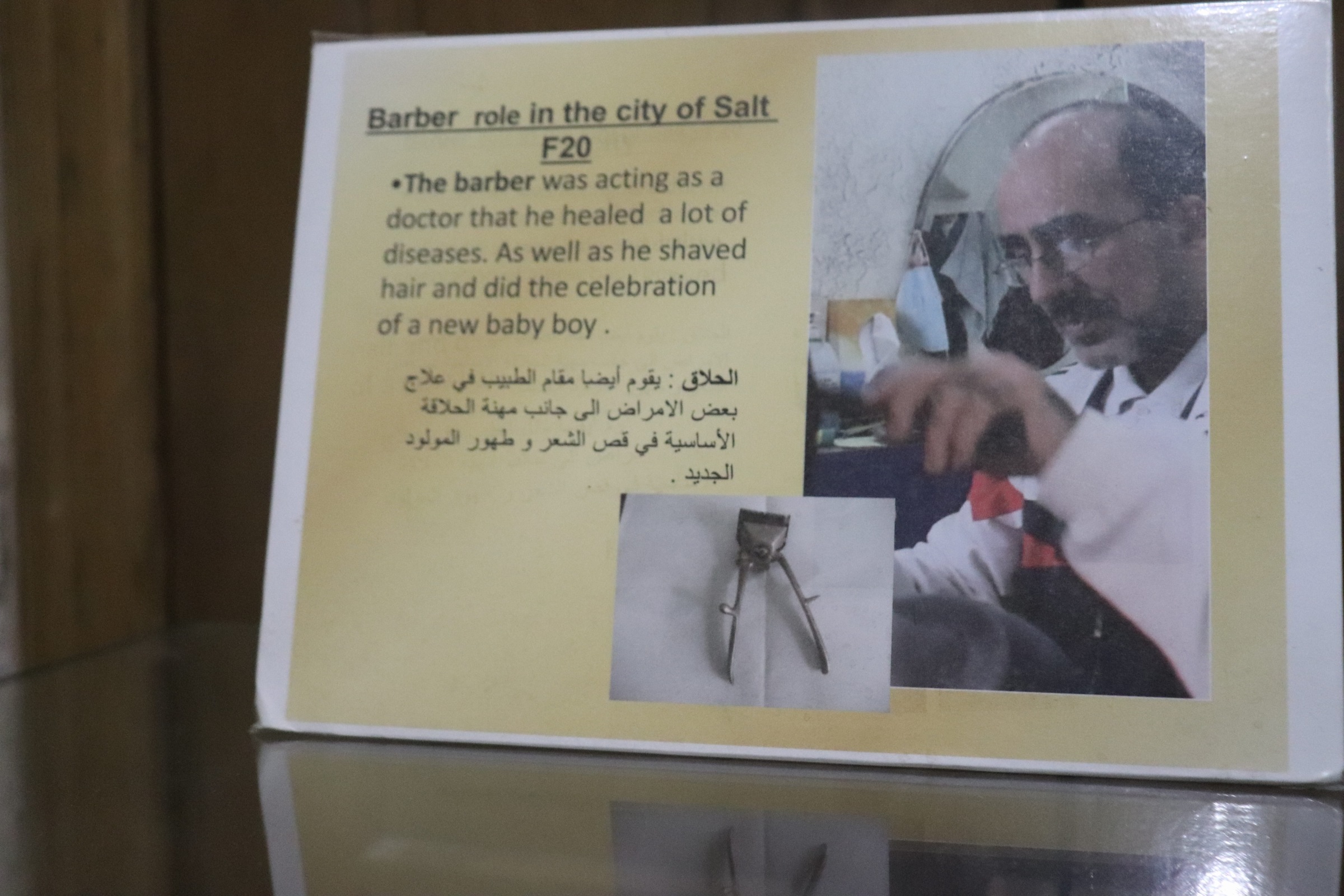
Barber
- The barber was acting as a doctor that he healed a lot of diseases as well as he shaved hair and did the celebration of a new baby boy.
- The English hospital, which was established in 1905 it’s the first hospital in the city of Salt which located within the English complex. England's hospital located within the synod, which play an important role in the First World War to save the lives of hundreds and played a role in the earthquake
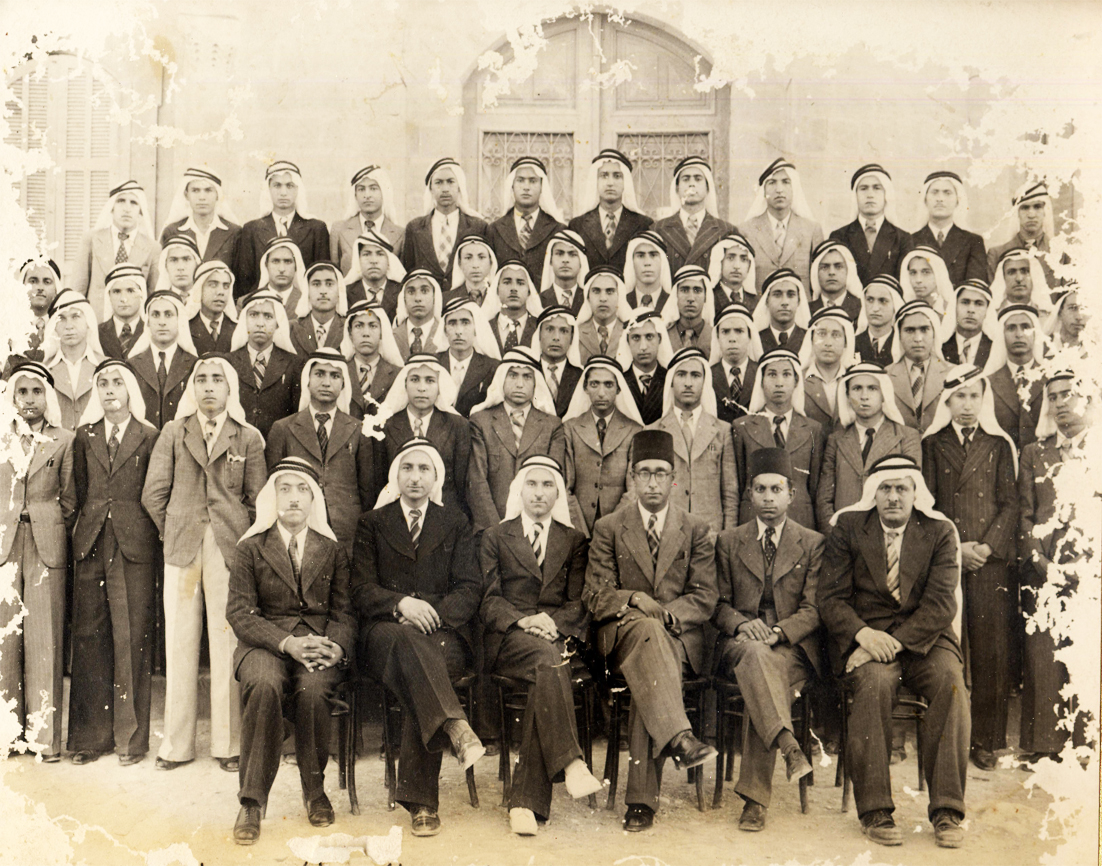
Education
The first public school after the Ottoman Rule is the Salt secondary school for boys which was built in 1923. Many political and social figures graduated from that school, we have 66 ministers and 6 prime ministers. It's still working in the present.
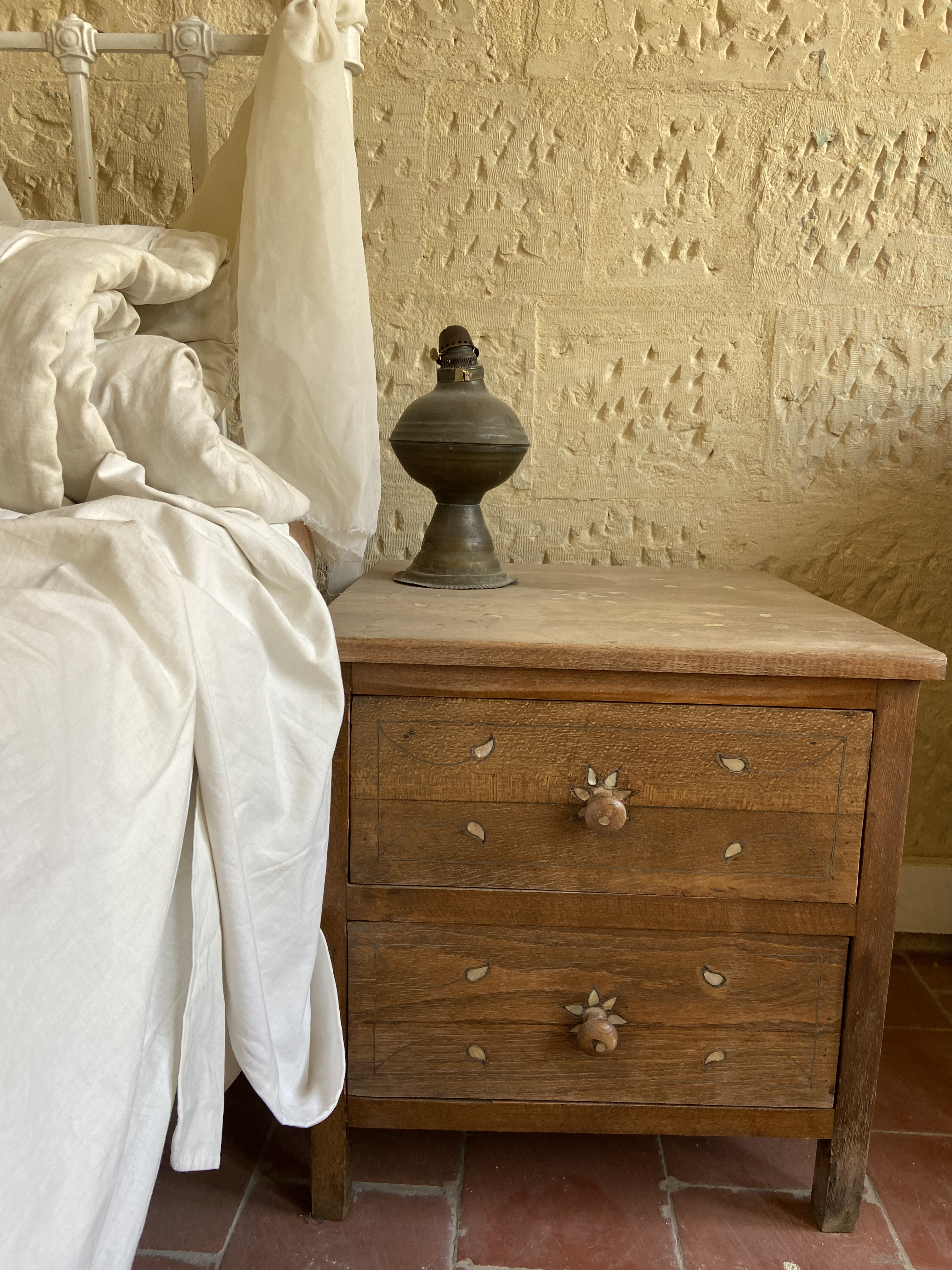
Bedroom
This room contains the same equipment which are used in the past in the Abu - Jabir house, and they were used by the owner of the house Mr. Saleh Al-Nasser Abu-Jabir . Most of these equipment exported from Syria which is made from wood and shells ; since it’s very expensive, only rich people can have such a holdings.
- Bride box is one of these things which is a base in the bedroom of the bride.
- Luxurious bed.
- Incense burner.
- Stove / heater.
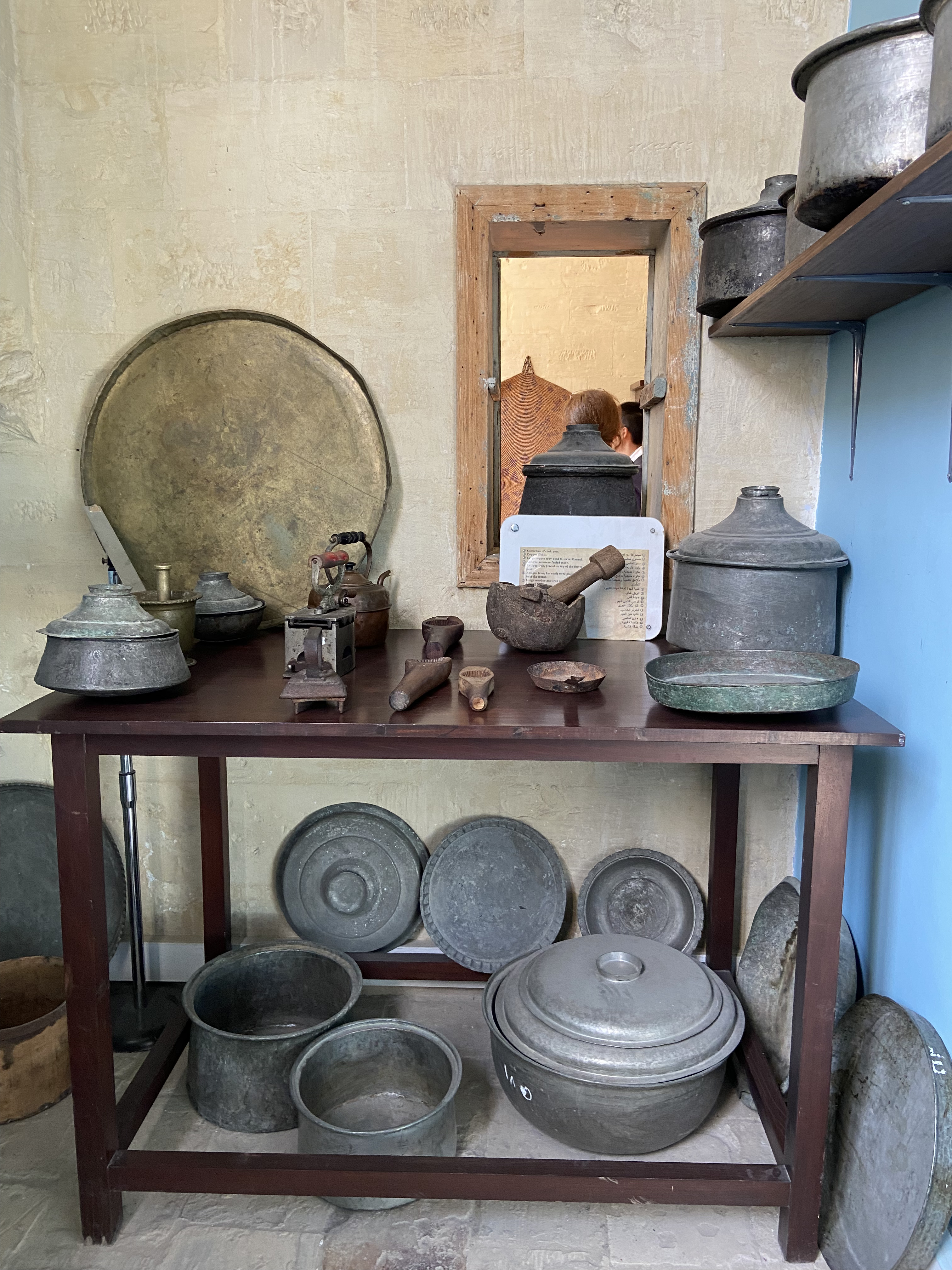
Kitchen and domestic food preparation
This place shows:
- The food preparation and the traditional dish which is Mansaf, the components of this dish is rice, lamb meat and yoghurt on the bed of rice.
- Bread making, show how making the traditional bread in Salt which is Shrak which is served with the traditional dish the Mansaf.
- Al-Dabyeh: It's an instrument made of suede which used to preserve coffee beans because it keeps temperature and moisture.
-
Coffee tools includes
- Mehmaseh: used for roasting coffee.
- Al-Mabradeh: used to cool the coffee.
- Mehbash: made of wood, used to grind coffee beans
- Al-Moneh: it’s like a store, usually contains Namlieh which is a locker to save food.
- Al-Koarah: it’s a place to save the wheat, flour and lentils.
- Al-jarosheh: tool for grinding the grains.
- Jarah ( Jar ): used as a container for oil and olive.
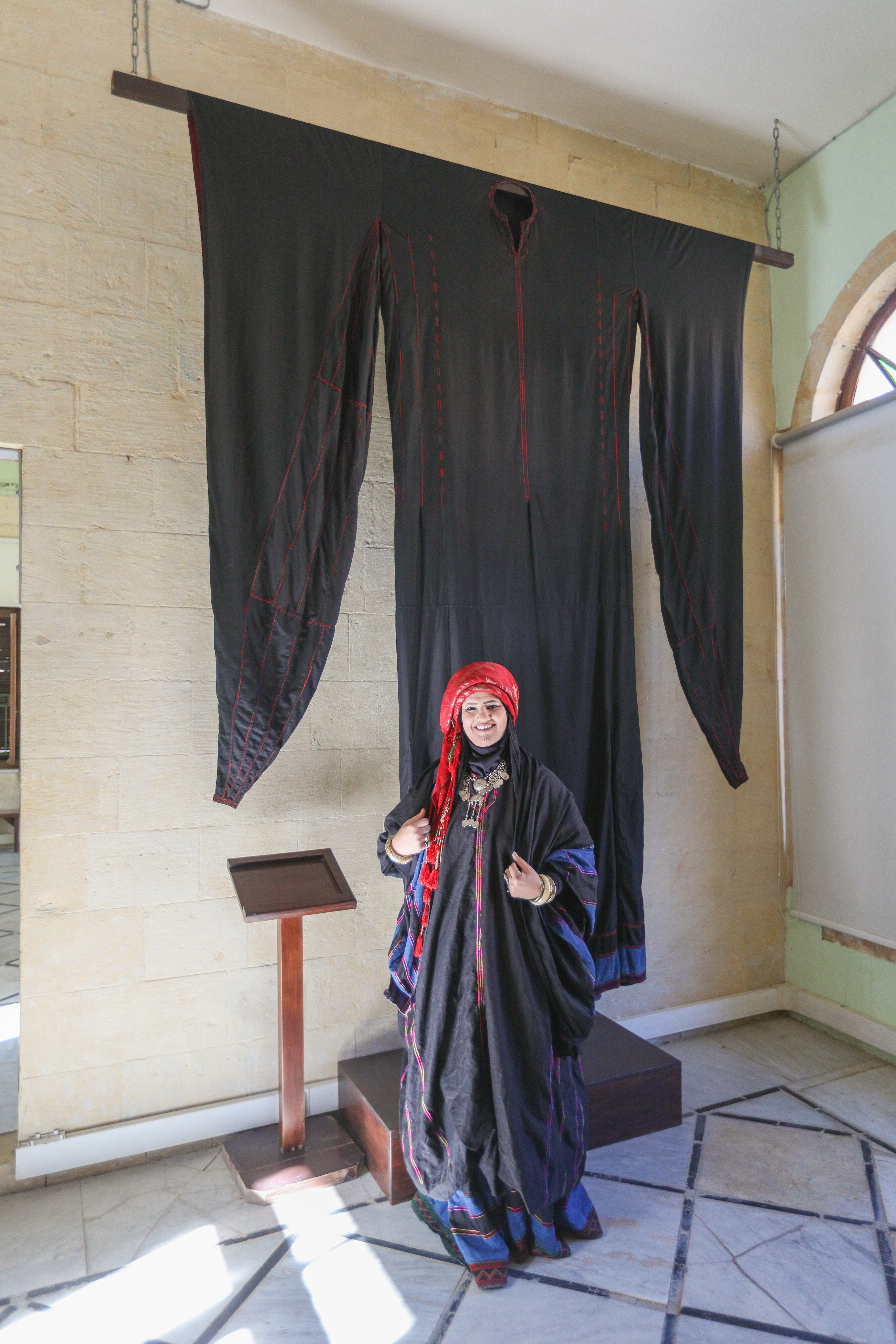
Kalaga
It’s the traditional dress for women in Salt. Which consists of a shirt, woolen belt, head cover and a scarf.
- One piece took three to six months to swine.
- Its three meters long and one meter and a half wide.
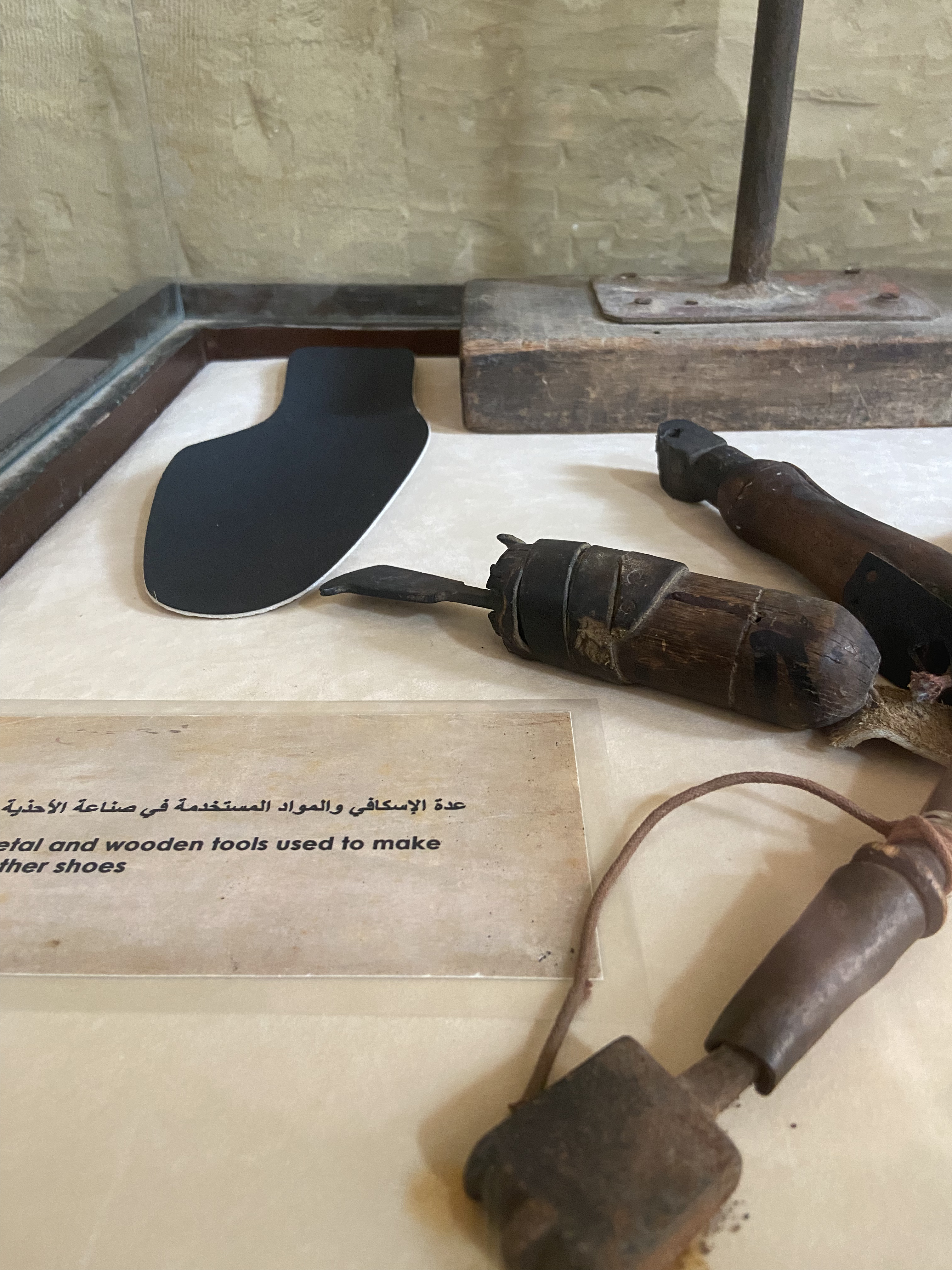
Handicrafts
This room shows the many handicrafts which are well-known in As-Salt City :
- Shoes making: As-Salt has a street which is called As-Skafeah; to fix and make shoes which is a Syrian style to have a separate street for every craft
- Textiles and rugs: to make colorful rugs with beautiful patterns.
- Sweets: how to make Knafeh, which is a kind of dessert with cheese.
- Clay industry.
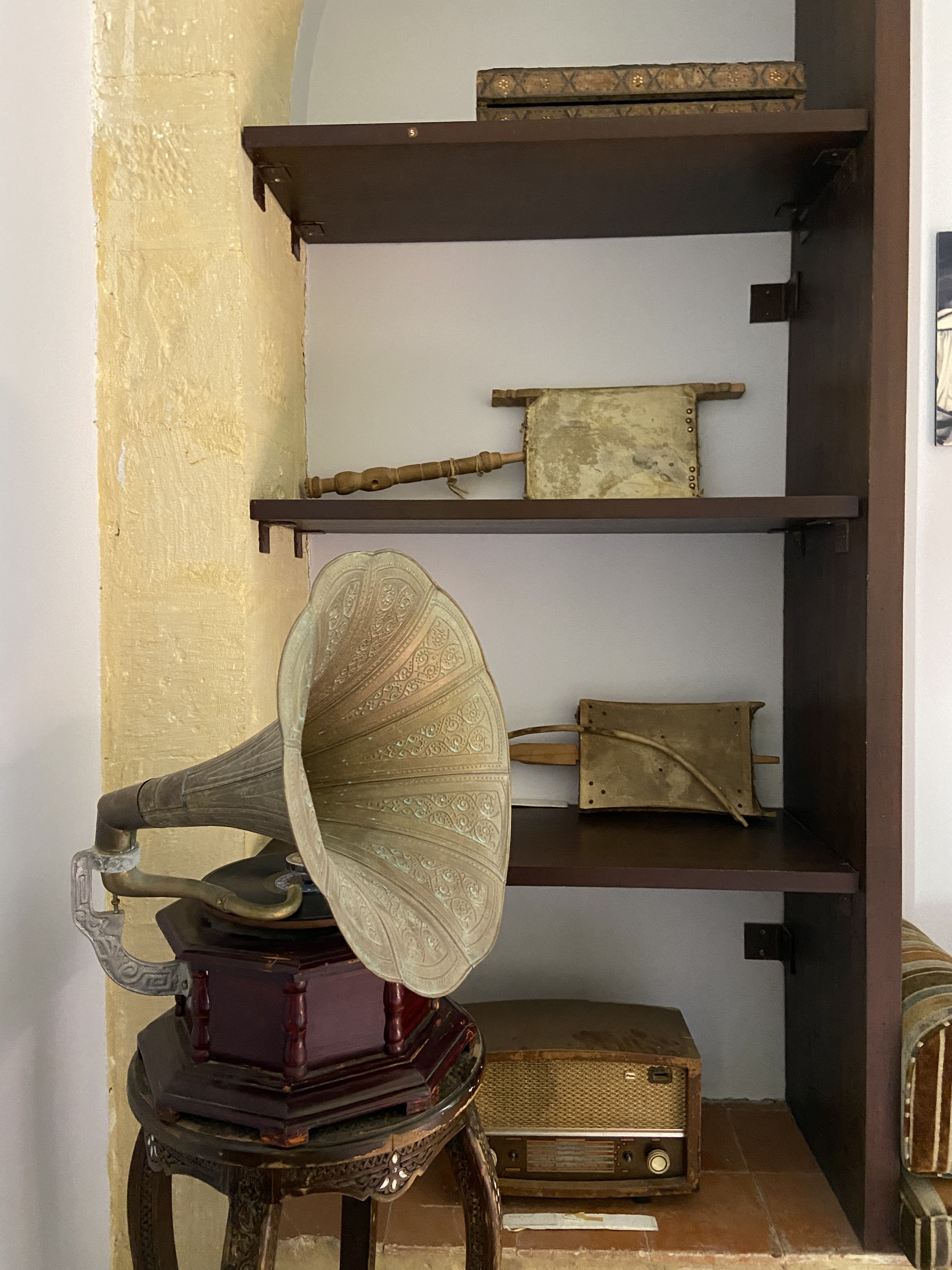
Musical instruments and Games
- Al-Mangalah: is one of the most popular games in Salt is which started to play 200 years ago by the old people in Salt City
- Gramophone: it’s typical of those instruments which used be Abu-Jabir family.
- Rababa: one string musical instrument used in the traditional Arab orchestra.
- Wooden Radio.
- Drum.
- Lute.
-trimmy.png)
